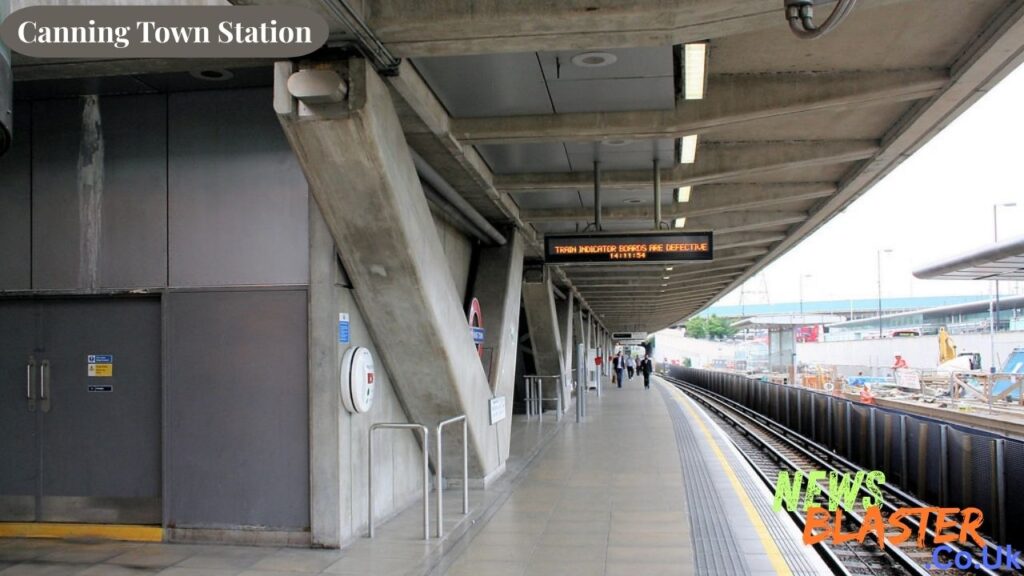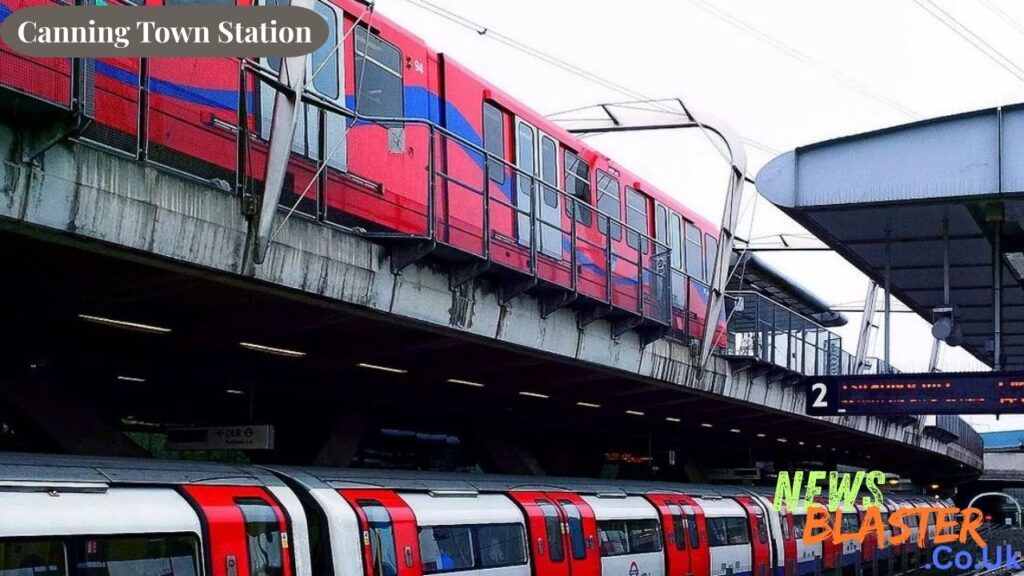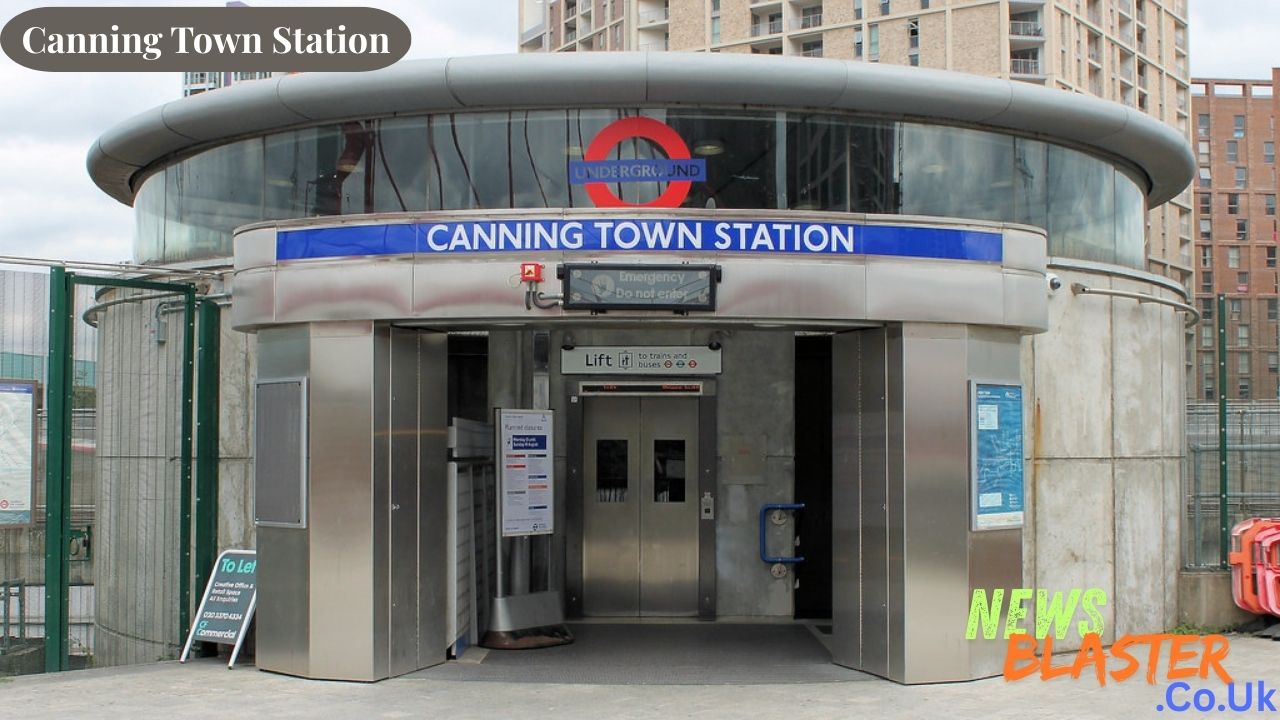Introduction and Overview
Canning Town Station stands as one of East London’s most significant transportation hubs, serving as a vital interchange point that connects millions of passengers annually to destinations across the capital. Located in the heart of the London Borough of Newham, this bustling transport center has evolved into an essential gateway for travelers heading to Canary Wharf, Central London, and beyond.
The station’s importance extends far beyond its role as a simple transit point. It represents the transformation of East London from its industrial past into a modern, connected urban landscape. Today, Canning Town Station serves multiple transport modes, making it an indispensable part of London’s comprehensive public transport network.
Since its establishment, the station has undergone significant development to accommodate the growing needs of East London’s expanding population and the increasing demand for efficient transport links to major business districts and residential areas.
Location and Geography
Situated in the London Borough of Newham, Canning Town Station occupies a strategic position that makes it accessible to numerous East London communities. The station sits at the intersection of several major transport routes, creating a natural convergence point for passengers traveling from various directions.
The surrounding area reflects the dynamic nature of modern East London, with a mix of residential developments, commercial spaces, and ongoing regeneration projects. The station’s proximity to the River Thames adds to its geographical significance, as it connects inland communities with riverside developments and waterfront attractions.
Canary Wharf, London’s secondary financial district, lies just a few minutes away via the Docklands Light Railway, making the station particularly valuable for commuters working in the banking and finance sectors. This proximity has contributed significantly to the station’s growth in passenger numbers over recent years.
Transportation Services

London Underground Services
The Jubilee Line serves as the primary underground connection at Canning Town Station, providing direct links to central London destinations including Westminster, Bond Street, and London Bridge. The underground platforms are designed to handle high passenger volumes, with modern facilities that ensure smooth operations during peak travel times.
Service frequency on the Jubilee Line remains consistent throughout the day, with trains typically running every 2-3 minutes during rush hours and every 5-10 minutes during off-peak periods. The line operates from early morning until late evening, providing reliable connectivity for both commuters and leisure travelers.
The station’s underground section features modern platform design with clear signage and passenger information systems that help travelers navigate efficiently through the interchange.
Docklands Light Railway (DLR)
Canning Town Station DLR services represent one of the station’s most distinctive features, offering connections to multiple branches of the automated railway network. The DLR platforms serve routes to Canary Wharf, London City Airport, Stratford, and several other key destinations across East and Southeast London.
The automated nature of the DLR system means that trains operate with high frequency and precision, typically running every 3-5 minutes during peak hours. The elevated DLR platforms provide passengers with excellent views of the surrounding area while waiting for their trains.
Platform configuration at the DLR level is designed for optimal passenger flow, with separate platforms serving different directions and destinations. Clear digital displays show real-time arrival information, helping passengers plan their journeys effectively.
Bus Services and Canning Town Bus Station
The comprehensive bus network centered around Canning Town Bus Station provides extensive local and regional connections throughout East London and beyond. Multiple bus routes serve the area, connecting residents and visitors to shopping centers, residential areas, and other transport hubs.
Canning Town Bus Station Stop F serves as one of the designated stopping points for specific routes, while other lettered stops, including Stop A, cater to different bus services throughout the complex. This organized system helps passengers locate their required services quickly and efficiently.
The integration between bus services and rail connections makes the station particularly valuable for passengers who need to combine different transport modes to reach their final destinations. The bus station facilities include covered waiting areas, real-time information displays, and accessible boarding points.
Station Infrastructure and Design

The architectural design of Canning Town Station reflects modern transport infrastructure principles, with an emphasis on passenger flow, accessibility, and visual appeal. The station building incorporates contemporary materials and design elements that create a welcoming environment for the thousands of daily users.
Platform layouts across all transport modes are carefully planned to minimize congestion and ensure safe passenger movement. Wide corridors and strategically placed barriers help manage crowd flow during peak periods, while clear sight lines allow passengers to navigate intuitively through the complex.
Accessibility features throughout the station include step-free access to all platforms, tactile guidance systems for visually impaired passengers, and accessible toilet facilities. These provisions ensure that the station serves all members of the community effectively.
The station also houses various retail and commercial spaces, providing convenient shopping and dining options for travelers. These facilities add to the station’s role as a community hub rather than merely a transport interchange.
Historical Development
The origins of Canning Town Station can be traced back to the broader development of East London’s transport infrastructure. The station has undergone several phases of construction and expansion to reach its current configuration as a major multi-modal transport hub.
Major renovations and expansions have been undertaken to accommodate growing passenger numbers and the introduction of new transport services. Each development phase has built upon previous infrastructure while incorporating modern design principles and accessibility standards.
The station played a significant role in the broader regeneration of the Docklands area, serving as a crucial link that enabled the transformation of former industrial sites into thriving business and residential districts. This development pattern continues today as new projects emerge in the surrounding area.
The approach of the London 2012 Olympics brought additional investment and improvements to the station, ensuring it could handle increased passenger volumes during the games while providing lasting benefits for regular users.
Passenger Usage and Statistics
Daily passenger numbers at Canning Town Station reflect its status as one of East London’s busiest transport interchanges. The station serves hundreds of thousands of passengers weekly, with numbers continuing to grow as the surrounding area develops and transport connections improve.
Peak usage times typically coincide with standard commuting hours, when the station experiences its highest passenger volumes. Morning and evening rush hours see particularly heavy usage as commuters travel between residential areas in East London and employment centers in Canary Wharf and Central London.
The growth in passenger numbers over recent years demonstrates the station’s increasing importance within London’s transport network and the success of local regeneration efforts that have attracted new residents and businesses to the area.
Local Area and Regeneration
The Canning Town neighborhood surrounding the station has undergone significant transformation in recent years, evolving from its industrial heritage into a mixed-use urban area with residential, commercial, and recreational facilities.
Urban regeneration projects continue to reshape the local landscape, with new housing developments, improved public spaces, and enhanced community facilities contributing to the area’s appeal. These projects often incorporate sustainable design principles and aim to create inclusive communities that serve diverse populations.
Housing developments in the vicinity of the station benefit from excellent transport links, making the area attractive to both young professionals working in nearby business districts and families seeking good connectivity to schools, healthcare, and employment opportunities throughout London.
Future development plans for the area include additional residential projects, commercial spaces, and community facilities that will further enhance the neighborhood’s appeal and contribute to its continued growth.
Connectivity and Regional Importance

As an interchange hub, Canning Town Station serves a crucial role in connecting various parts of London’s transport network. The station’s position enables seamless transfers between underground, DLR, and bus services, making it possible for passengers to reach virtually any destination in Greater London.
Connections to major London destinations are efficient and frequent, with direct services to financial districts, shopping areas, cultural venues, and residential neighborhoods. This connectivity makes the station valuable not only for daily commuters but also for visitors exploring different parts of the capital.
The station’s importance for East London’s transport network cannot be overstated, as it provides essential links that support economic development, social connections, and quality of life for residents throughout the region.
Links to London City Airport via the DLR make the station particularly valuable for business travelers and tourists, providing convenient access to international destinations while maintaining connections to central London and other key areas.
Future Developments
Planned infrastructure improvements at Canning Town Station focus on enhancing capacity, improving passenger experience, and integrating new technologies that will support growing demand. These developments aim to maintain the station’s effectiveness as passenger numbers continue to increase.
Potential service enhancements may include increased frequency on existing routes, improved platform facilities, and better integration between different transport modes. Such improvements would further strengthen the station’s role as a regional transport hub.
Integration with future transport projects across London may bring additional connections and services to the station, potentially including new rail links or enhanced bus rapid transit services that would expand its catchment area and improve accessibility.
The long-term strategic importance of the station within London’s transport planning ensures that it will continue to receive investment and attention as the city’s transport needs evolve.
Practical Information
Station facilities and amenities cater to the diverse needs of passengers using the interchange. These include accessible toilets, baby changing facilities, shops, cafes, and comfortable waiting areas that make the travel experience more pleasant.
Accessibility information is clearly displayed throughout the station, with step-free routes marked and assistance available for passengers who need additional support. The station’s commitment to accessibility ensures that all travelers can use the facilities confidently.
Travel times to key destinations from the station are clearly posted and regularly updated to reflect current service levels. Typical journey times include approximately 15 minutes to Canary Wharf, 25 minutes to central London destinations, and direct connections to London City Airport in under 15 minutes.
Tips for using the interchange effectively include allowing extra time during peak hours, checking real-time information displays before traveling, and familiarizing yourself with the layout to ensure smooth connections between different transport modes.
Also Read: Sykes Cottages Wales Your Gateway to Unforgettable Welsh Holiday Experiences

